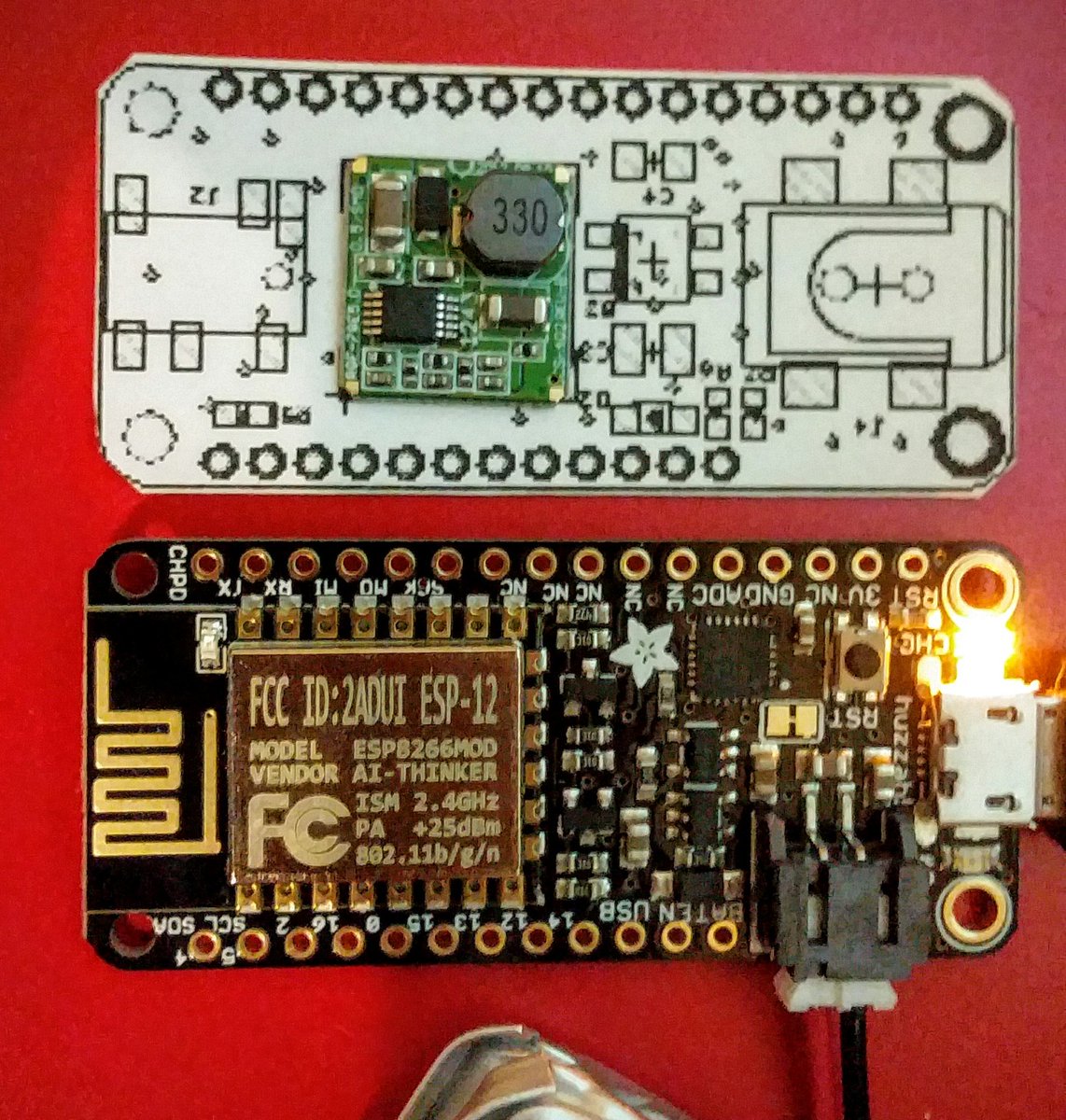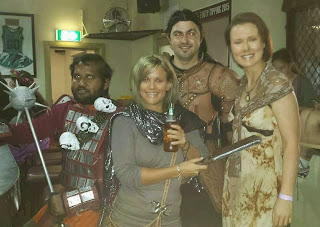Another month another Seeedstudio recipe contest. This time the star ingredient is the Texas Instruments CC3200. The rewards initially were quite lucrative as well, a chance to showcase my project at the TI booth in CES2016. However reality got in the way and I did not receive the boards from China and get my project together till CES madness was long over.
 I had proposed a GPS-AHRS like solution I have developed using the Xadow M0 module. However this did not survive meeting the real hardware. Even though the Cortex-M4 on the CC3200 is more than capable of handling the sensor fusion I could not get my Arduino code ported to Energia. I ended up building a war driving tool with wifi scanner, gps and microsd logging. You can read about it in all the gory detail here on the Seeedstudio recipe page.
I had proposed a GPS-AHRS like solution I have developed using the Xadow M0 module. However this did not survive meeting the real hardware. Even though the Cortex-M4 on the CC3200 is more than capable of handling the sensor fusion I could not get my Arduino code ported to Energia. I ended up building a war driving tool with wifi scanner, gps and microsd logging. You can read about it in all the gory detail here on the Seeedstudio recipe page.
Overall coming to the CC3200 from the ESP8266 platform was quite pleasant. There will be a price shock for those actually buying the dev board, but I got mine for free as part of my entry so that removed one hurdle. The Cortex-M4 processor and multi-threading are quite powerful. However Energia could use a merge back into the main Arduino project using the platforms mechanism. It makes it easier on tinkerers like me who constantly switch between NodeMCU, Arduino, Teensy, Navspark, Udoo Neo and now the CC3200.
















